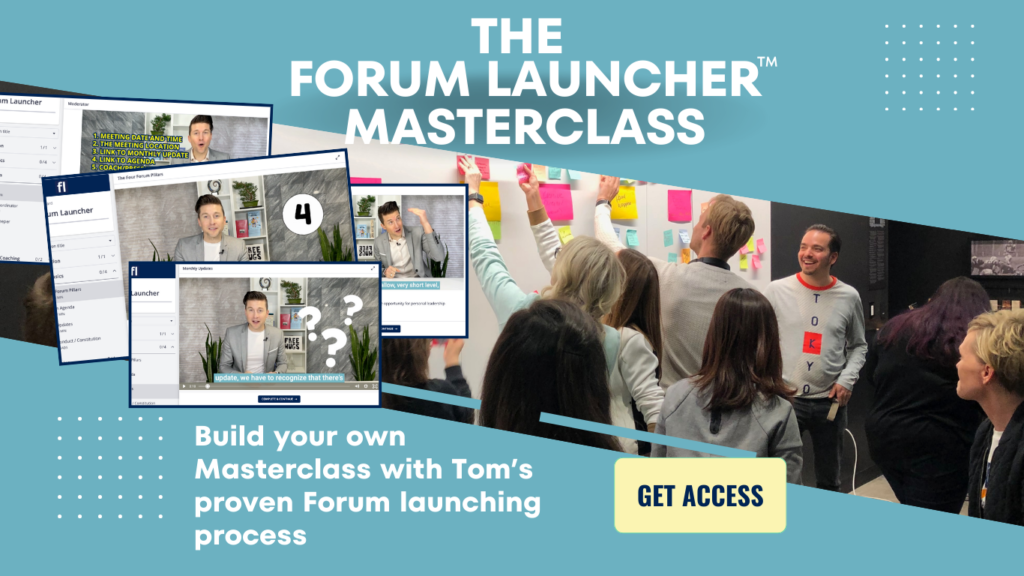Ever poured your heart and soul into a new project, only to have it fall flat? You’re not alone. Many entrepreneurs and executives get blinded by their own enthusiasm, surrounded by “yes” people, or simply overlook critical details. Don’t let your next big idea become another failed statistic. The Devil’s Advocate Deep Dive is a powerful Deep Dive option designed to test your concepts, strengthen your pitches, and ultimately, increase your chances of success. This structured approach leverages the skills of your group to be a sounding board, helping you identify potential weaknesses before they become costly mistakes.
The Devil’s Advocate is best for:
- New Ideas: Launching a new product? Exploring a new market? This exercise acts as a reality check, preventing you from investing significant resources in a concept with hidden flaws. For example, if you’re developing a new app, the group might challenge your assumptions about user adoption or identify potential technical hurdles.
- Sales Pitches: Preparing for a high-stakes client presentation? Use the group as a mock audience to anticipate objections and refine your responses. Imagine you’re pitching a new marketing strategy; the group might challenge your ROI projections or question the effectiveness of your chosen channels.
- Persuasion Conversations: Need to convince a key stakeholder? The group can help you refine a compelling argument and anticipate counterpoints. For instance, if you’re seeking funding for a new venture, the group might challenge your financial projections or question your competitive advantage.
Here’s a step-by-step guide to running a successful Devil’s Advocate Deep Dive:
Part 1: Setup (3 minutes)
The coach briefly outlines the scenario (1-3 sentences), clarifying the role the group should play (e.g., potential customers, investors, competitors) and the specific area they should be challenging. For example: “You are potential investors in a new tech startup. Focus your challenges on their market entry strategy and long-term scalability.”
Part 2: Presenter Background & Pitch (10 minutes)
The presenter provides context (purpose, involved parties, timing, budget, etc.) and then shares their idea, sales pitch, or conversation outline uninterrupted. The group actively listens and silently writes down potential issues.
Part 3: Q&A (8 minutes)
The group probes for clarity, focusing on questions that deepen their understanding and help the situation. Good questions focus on facts and figures, like “What are your projected customer acquisition costs?” Bad questions prematurely introduce opinions, like “Don’t you think this market is too saturated?”
Part 5: Devil’s Advocate (15 minutes)
Each participant has 2 minutes to share their concerns and/or issues. Focus on constructive criticism and avoid personal attacks. The presenter listens and takes notes without responding. There isn’t supposed to be any back and forth during this section.
- Pre-Meeting Coaching: Pair the presenter with a coach to prepare beforehand, helping them anticipate potential challenges and refine their presentation.
- Focused Q&A: Actively moderate the Q&A to make sure the questions are clarifying and relevant, avoiding tangents or premature advice.
- Clear Role Assignment: Clearly define the role the group should play (e.g., potential customers, investors, competitors). The more specific you are, the better the simulation.
- “If I Had This Challenge…” Clarification: Emphasize that this section is for sharing potential solutions, not giving direct advice. For example, instead of “You should do X,” try “If I faced this, I would explore Y.”

